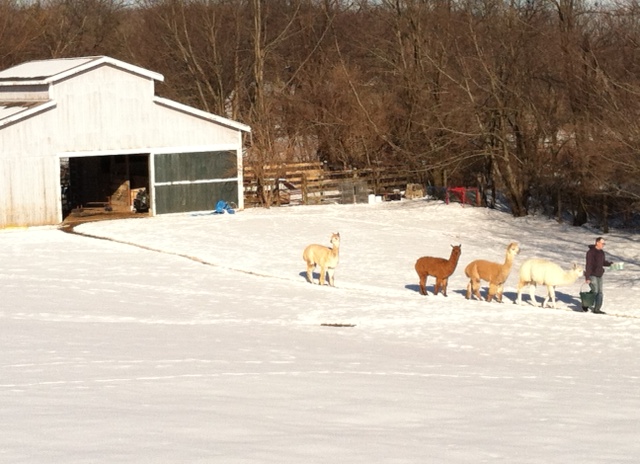When I first started homeschooling, someone very wise and wonderful handed me a gem of a book titled “Things We Wish We’d Known,” by Diana Waring. The book consists of a collection of 50 essays written by long-time homeschooling moms about things they would have done differently to homeschool their children had they known in the beginning what they knew in the end. Imagine getting this kind of advice from 50 homeschool veterans when you are just starting out!
What struck me about the book is almost all the essays had similar themes. Essay after essay, veteran homeschool moms talked about how they wished they had concentrated less on academics in their homeschools and more on character building, faith development, and simply spending time with their kids. None of the 50 moms said they wished they had worked harder on academics, covered more subject matter, or prepared their children better for college. Instead, as a group, they pleaded with new homeschooling moms to relax and not do “school at home.”
If I were to write an essay for this book, mine would be similar to the other veterans. Early on, I focused way too much on academics, frustrating my children and our relationship at the same time. But as the years wore on, I garnered the courage to set aside preconceived notions and other peoples’ expectations and begin to homeschool my children in ways I knew would be best.
Today, I think more about building character in my children than academic preparation for college. The surprising truth that has emerged from this focus is an understanding that character building IS the best way to prepare your children for college. Knowing and understanding huge bodies of information has only limited returns and those returns are predicated on figuring out what children need to know, learning it, and then retaining it until they need to use it. That’s a pretty tall order.
By focusing on character, teachers can put aside the relentless goal of preparing students’ brains for everything and, instead, prepare their character for anything. The truth is, we are never fully prepared for life, whether it be college, career, or personal circumstances. But, if we have the desire, resourcefulness, and personal discipline to overcome our shortcomings, we will succeed.
This reality proved true for me throughout school, college, and my career. In college and throughout my 20’s I worked in the journalism field as a general assignment reporter. Each day I would arrive at work, meet with my editor, and then launch into a day of assignments that ran the gamut from politics, to business, to education. On a daily basis, I had to speak with important people who were experts in areas I knew little about. There was no way my education could have prepared me for the range and depth of subject matter I would encounter as a news reporter (nor in college, for that matter). Instead, I had to rely on my resourcefulness, my good sense, a healthy work ethic, and other character strengths to get the job done.
One of my most embarrassing news reporter stories happened the first day on the job as the news editor of my college newspaper. I was told to interview the college president about a change in the tuition structure for state universities. With a deadline just three hours away, I had to get background, complete the interview, and write a story about a very complicated and detailed process governed by both education and politics. I was scared.
I walked into the interview with the university president that day a nervous wreck. I was intimidated by the president’s position and, truthfully, I didn’t have a good grasp of the subject matter either. My desire to make a good impression on the president added to my anxiety.
I launched into the interview; systematically going through the list of questions I had prepared. After the third question, the president paused, looked directly as me, and said in a very serious, but kind manner, “You really don’t know what you are talking about, do you?”
It was a horrible moment that lives with me to this day. But it taught me an important lesson: Being smart is not about having the right answers. It’s about asking the right questions. Wise people don’t know everything, but they know how to find out. And they have the desire and character to see the process through.
I eventually learned how to interview important people on important topics. I even established a good relationship with that college president who would welcome me many times over into his office to talk about news items of interest to my readers. I found that the key to working in this or any career environment is not having the answers, but listening, adjusting, and then applying what you have learned.
In our homeschools, it’s vital to focus less on providing and teaching the “answers” to children and instead focus on building the kind of character that will create lifelong learners. This is the way to prepare students for success.
In my next post I will share some concrete ideas about about how to build character through homeschooling.
Until next time, Be fearless.


